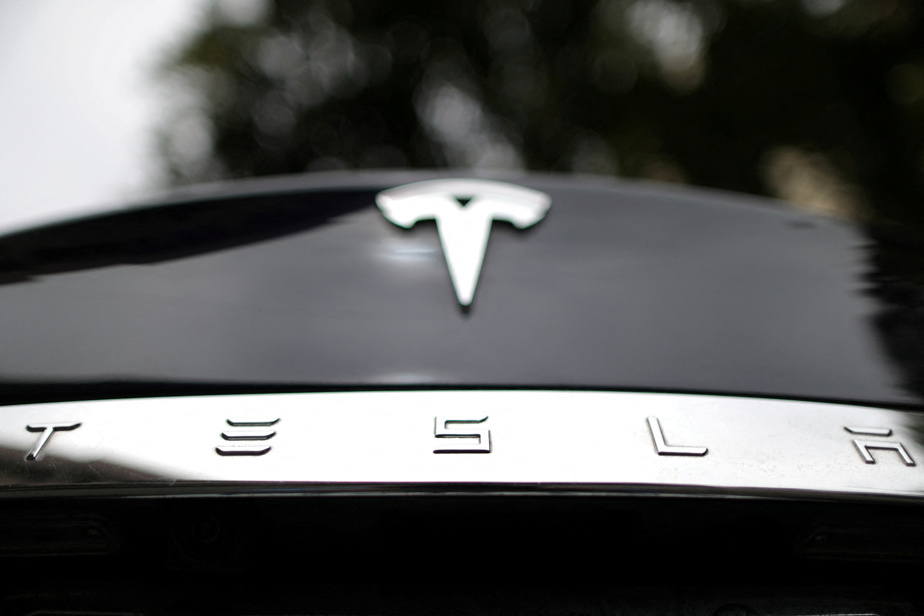(San Francisco) The American electric vehicle manufacturer Tesla has just avoided a long trial over its emblematic driving assistance technology by reaching an agreement with the family of the victim, a former Apple engineer killed six years ago years ago, when he was behind the wheel of his Model X.
The agreement filed Monday in court in San José (California), consulted by AFP, does not disclose the amount that Tesla will pay to Walter Huang’s wife and two children.
The father died on March 23, 2018 in Mountain View, shortly after the accident.
In the complaint filed in 2019, the plaintiffs believe that Tesla’s “Autopilot” system, activated at the time of the impact, was “faulty” because “it incorrectly identified the lane boundary lines on the highway, failed to detect the concrete guardrail and did not brake the car but on the contrary accelerated it” as it approached the median.
The American transportation regulator indicated in June 2018 in a preliminary report that the driver did not have his hands on the steering wheel at the time of the accident, despite alerts from the on-board computer.
Other complaints have been filed against Elon Musk’s flagship and its controversial driver assistance system.
Last October, Tesla scored a victory when a jury found that there was no manufacturing defect in the “Autopilot” of a Tesla involved in another fatal accident. A driver died in 2019 after his Model 3 turned right onto a highway near Los Angeles, struck a tree and caught fire. According to survivors, the computer had caused the car to veer off the road without the possibility of regaining control.
This verdict, however, did not exonerate the software in general, accused by many industry players and experts of giving drivers the false impression that the car drives itself.
“Autopilot” allows you to adapt the speed to the traffic and maintain the heading on a lane. The automobile group specifies on its website that the driver must remain vigilant, with their hands on the steering wheel.
Tesla also offers and tests more advanced options such as changing lanes, parking assistance or taking traffic lights into account, integrated depending on the country in the “Improved Autopilot” or “Fully autonomous driving capability” options.
At the start of 2022, Tesla had to deactivate an option that allowed cars not to come to a complete stop at “Stop” under certain conditions.
Elon Musk has been promising full autonomy by next year for years.
